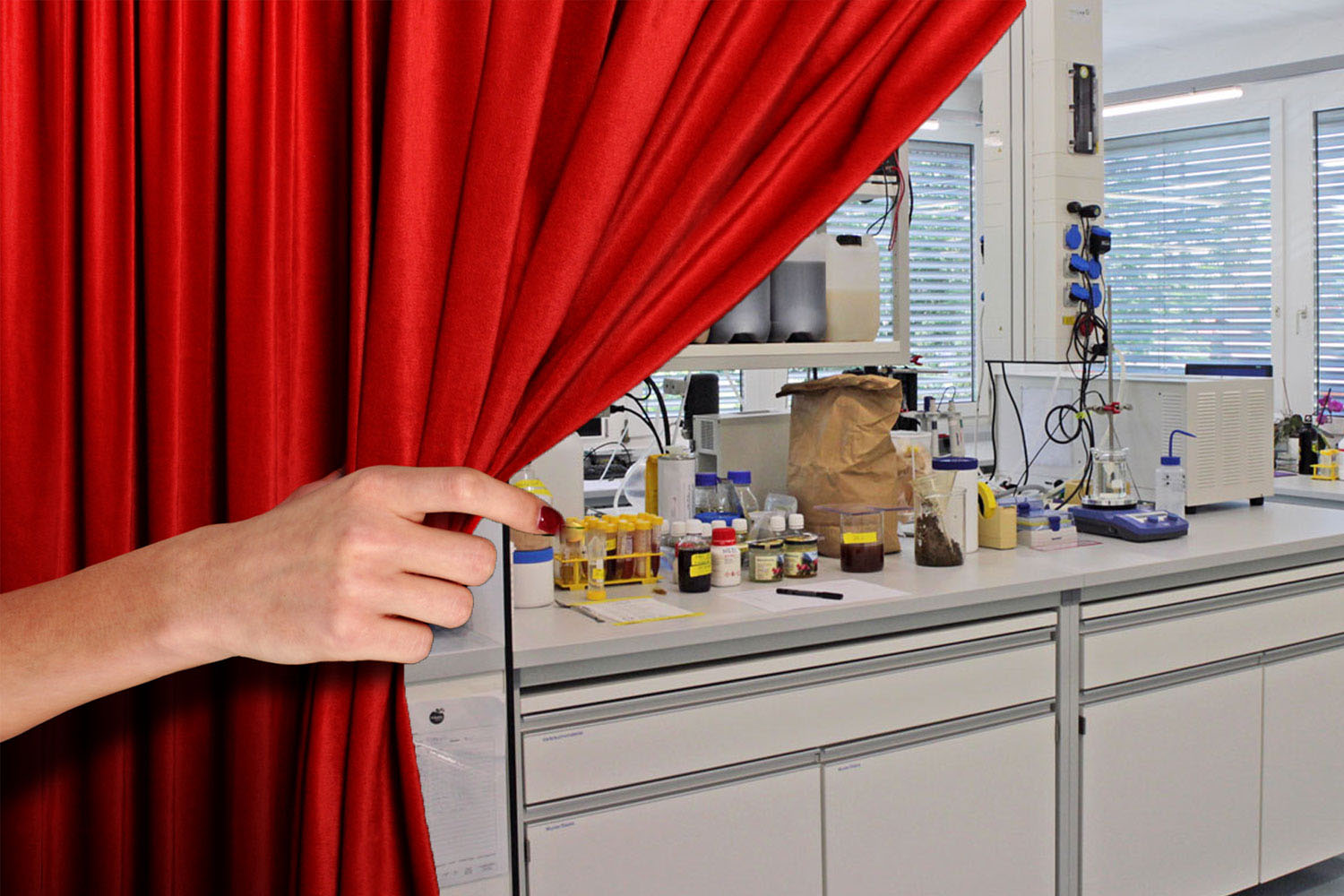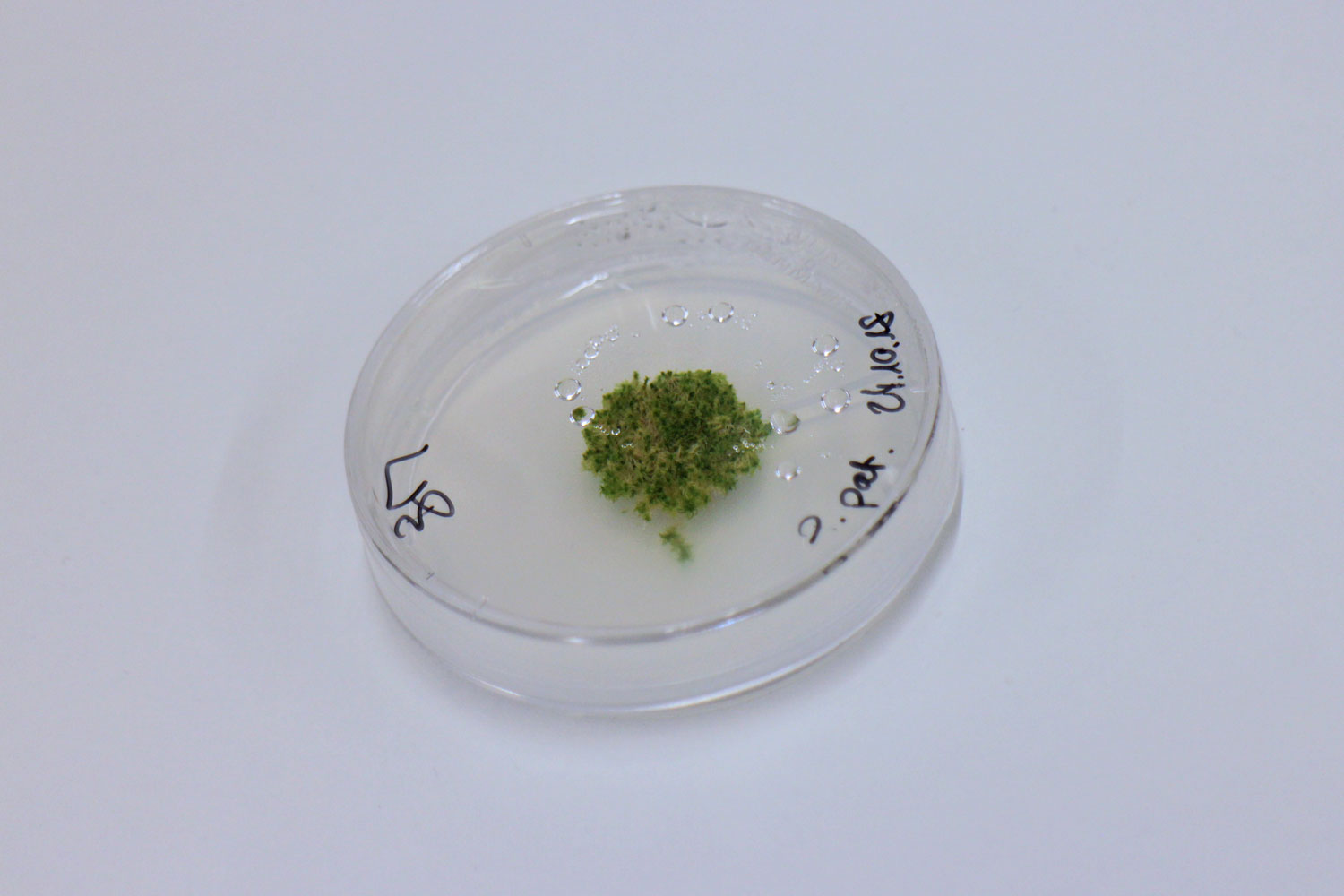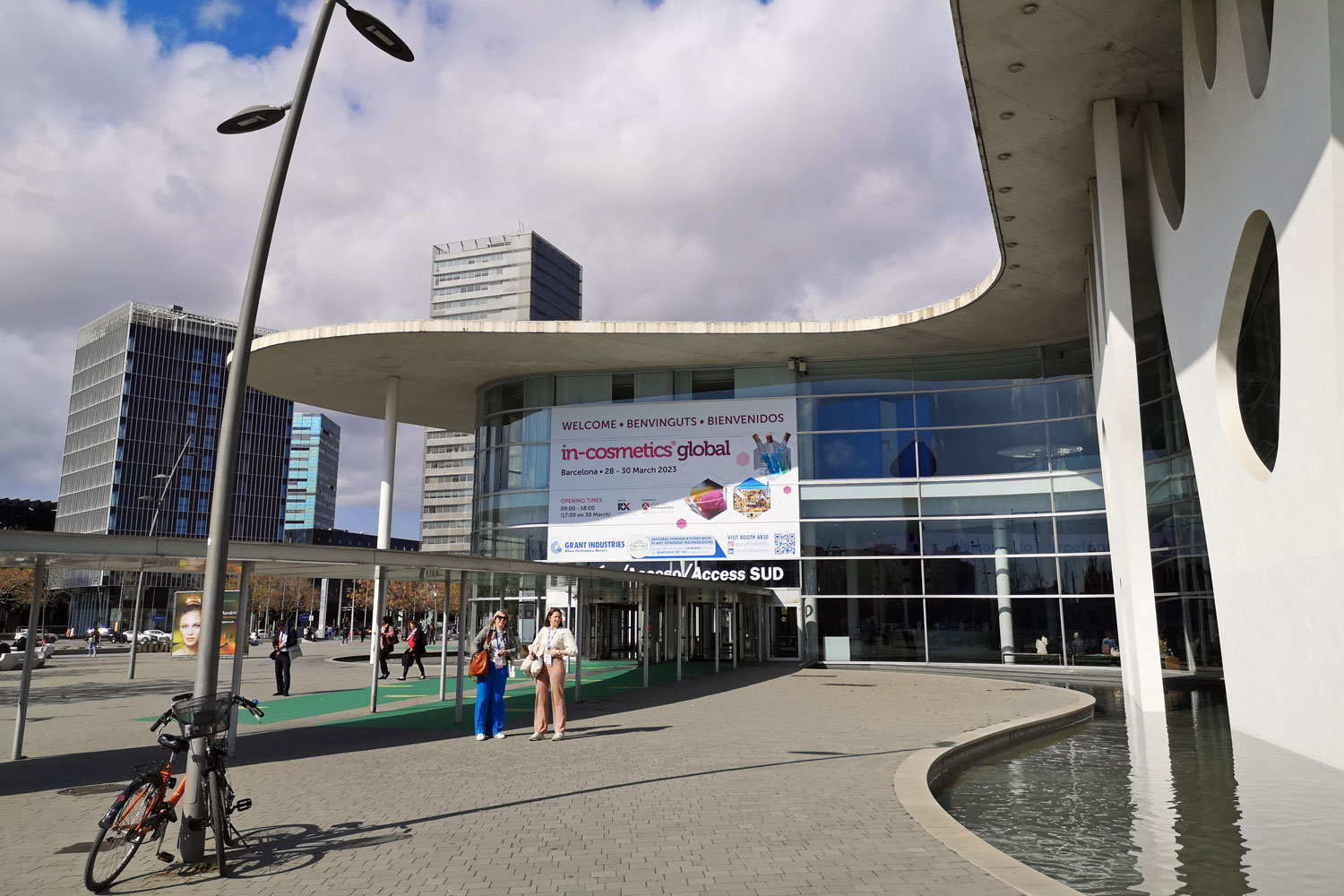This is a translation of my German blogpost Hinter den Beauty-Kulissen… ProTec Ingredia Proudly Presents: Die Jubiläumsfolge. Enjoy!
In cooperation with ProTec Ingredia // Each month for over four years, I’ve looked behind the scenes of the beauty industry. Now it’s time to celebrate because this is the 50th instalment of my Beauty Soap! This cooperation between a blogger and an ingredients distributor is not just new and unique – we are also trying to encourage a more transparent communication about the cosmetics industry.
In this chapter, I’m looking back at some of my favourite moments from the article series. If you’re curious about what aspects of the cosmetics industry I found particularly surprising, why I’ve become such a big fan of mosses and algae and how the Behind the Beauty Scenes series will move forward in the future – please join me in this special celebratory article.
How everything began
Over five years ago, Birgit Haemel – the managing director of ProTec Ingredia GmbH – came across my blog during an online search. She would have never found me if I hadn’t decided to completely overhaul my life back in 2010, quitting my office job and launching a beauty blog, Beautyjagd.
Since I was a teenager, beauty products have fascinated me, especially their background. The more I researched for my blog posts, the more interesting the cosmetics industry became for me. The cooperation with ProTec Ingredia, which started in 2019, allowed me to delve even deeper into the world of cosmetics.
How active ingredients are developed
Right at the beginning of this article series, I learned about how active ingredients are developed: Whilst visiting renowned Swiss ingredients manufacturer Mibelle Biochemistry I was introduced to the humble moss plant. As one of the first terrestrial plants, moss has super powers which are perfect for skin care. Since it was impossible to cultivate moss in the traditional way, Mibelle Biochemistry developed a “green” biotechnological method to produce the active ingredient MossCellTec™ in the laboratory – and preserve natural resources at the same time.
Earlier this year I followed in the footsteps of another plant-based ingredient. The active ingredient Regetaste is produced by marine ingredients manufacturer Codif in Brittany, France. Regetaste is based on a specific old apple variant or more specifically, on the pulp left over from French cidre production. As you can see, this beauty upcycling project is deeply rooted in its local region. At the same time, the inspiration for the innovative new ingredient was cutting-edge international research into the skin’s bitter substance receptors.
The beauty of science
Before I started to work with ProTec Ingredia on this article series, I thought that cosmetic ingredients were based on marketing strategies and developed at the drawing board. During the past four years, however, I learned that things are very different: The starting point for new ingredients is usually the latest scientific research in medicine or dermatology. An example is the skin’s bitter substance receptors that I mentioned earlier.
When developing plant-based ingredients, a thorough and comprehensive knowledge of nature is essential. I noticed this research spirit and a general enthusiasm and curiosity about the plant world in everyone I met during this article series. The usage of modern skin models or plant DNA analysis also reflects the importance of scientific advancements.
A glimpse of different job profiles
I think it is a pity that the many professions and career paths in the cosmetics industry are so little known outside the sector. If someone had told me earlier about the natural sciences jobs that exist in the beauty industry, I would have found chemistry and biology much more interesting when I was in school. Over the last years, I interviewed Research & Study manager Franziska Wandrey, met team members working in the field of Regulatory & Compliance and learned more about what it is like to work in application technology.
Since the pandemic, public attention has shifted towards the supply chain of beauty products. Many different small and large steps are necessary until the finished cosmetic product is sitting on the shelf in your local store. The starting point is always the development, production and distribution of raw ingredients. Many people and their specific know-how are involved in the manufacturing process of a beauty product. If you want to learn more, check out my interview with a private label manufacturer.
Visiting trade shows
One of my favourite things about my job is visiting trade shows. During my first decade as a blogger, I primarily attended finished beauty product shows. Today, I find raw ingredients trade fairs like In-Cosmetics particularly exciting: Here you can see very early trends which later appear in finished cosmetic products. The more flexible indie brands are especially adventurous, using innovative ingredients to position themselves in a competitive market.
True innovation requires traditional sciences and human creativity to work together harmoniously. Only then will we see new types of sun protection cosmetics on the market or active ingredients that combine skin care properties with a neuro-cosmetic effect, such as boosting emotional well-being.
360º sustainability
Since I first launched Beautyjagd over thirteen years ago, I have noticed how the field of natural cosmetics has constantly expanded. In recent years, many conventional beauty brands have started to focus on sustainability. One reason is changing customer demands. Increasingly, beauty consumers are demanding more transparency about the supply chain behind their favourite products.
As a result, raw ingredients face new challenges. Active ingredients must be planned sustainably across the entire supply chain, from the cultivation and sourcing of the raw materials over manufacturing methods that conserve natural resources to the final consumption. These days, a product or brand must stand up to 360º scrutiny. Biotechnology will play an increasingly important role in future sustainable developments. Codif’s “blue biotechnology” is already based on nature-inspired production methods so the active ingredients group ExoPolySaccharide (EPS) is manufactured sustainably as possible.
Biodiversity and art
One of the chapters in my article series focused on the work of Swiss foundation ProSpecieRara which is supported by Mibelle Biochemistry. The foundation protects endangered crops, plants and livestock that are threatened by extinction. To preserve biodiversity, ProSpecieRara has already taken custody of over 1.400 garden and crop plants, 500 types of berries, 1.900 different fruit varieties, 800 ornamental plants and 32 species of livestock.
In another chapter, I learned about how closely art, corals, sciences and cosmetic ingredients are connected. The fascinating art project Corail Artefact (initiated by artist Jérémy Gobé and supported by Codif) is devoted to the protection of coral reefs. Gobé’s sculptures are made from bobbin lace and natural algae extracts and when immersed in the sea, help to boost the growth of corals.
The transformation process continues
This 50th instalment of the article series also marks a new professional chapter for me. It’s kind of like plant evolution 😉 : Millions of years ago, algae plants moved from the water onto dry land, carving out a new space for themselves. And I will do the same next year whilst still remaining true to my passion for beauty.
My sincere thanks go to ProTec Ingredia – without them, I would have never had the opportunity to gain so many fascinating insights into the beauty industry and share them with my readers. You can find all previous articles on this overview page. I am also excited to see what the next season of my Beauty Soap will look like – because the only thing we know right now is that it’ll be in a different format. See you soon!






